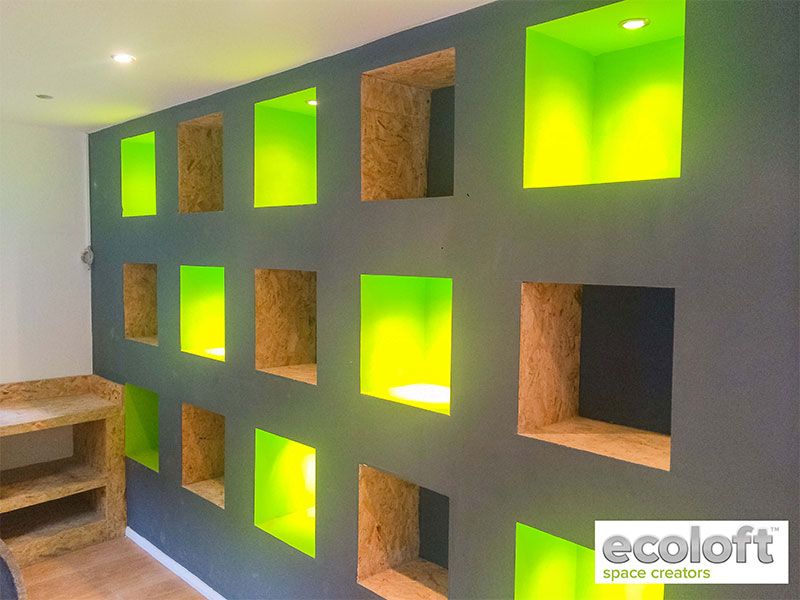Types Of Loft Conversion
When it comes to loft conversions, you’ll find there are four main types found in the UK. The additional space a converted loft offers can be used in different ways, including a guest bedroom, a playroom, a home office, etc. A loft conversion not only adds to your home’s overall space, but it also increases your property’s value.
The overall cost of a loft conversion can run anywhere from £20,000 to £45,000 and can take from four to eight weeks to convert the space.
Before you choose the type of loft conversion that’s best, you’ll need to first take into consideration the shape and line of the existing roof, determine how much you can afford to spend, and whether or not you’ll need permits. You’ll also want to be sure to hire an experienced and reliable architect to draw up professional plans for your home.
When it comes to loft conversion, you’ll find there are three basic types:
1). Mansard loft conversion: these require construction of a party wall (the wall shared with your neighbors). The roof will be flat, and the outer wall will gently slope inward. Mansard conversion are most often found on the rear of the house. They’re suitable for many types of homes but are most often used on terraced houses.
Pros:
- Allow more light into the loft space
- Blend better into older properties
- Allow more headroom than other types of conversions
- Seen as more aesthetically pleasing than other conversions
Cons:
- Usually require planning permission
- More expensive than other loft conversion types
- Construction time can be longer
2). Hip to gable loft conversion: these are a great choice for end of terrace and detached homes. These tend to straighten in inward slanting roof to create a vertical wall. The small change allows the converted loft to feel larger, which makes this option a popular one for many homeowners.
Pros:
- Can be combined with a rear dormer loft to maximize space
- Suitable for chalets and bungalows
- Aesthetically pleasing because it blends will with the home
Cons:
- Will not work for mid-terraced homes
- Tend to be more expensive than the dormer conversion type
- Can feel imbalanced if the neighbor doesn’t have one
3). Dormer loft conversion: this is the most popular of all loft conversions because it’s a simple flat roof dormer. This requires a structural extension projecting vertically from the slope of your room. It creates a “box.” This type of conversion doesn’t require dramatic changes and allows you to install conventional windows.
Pros:
- Leaves walls straight and ceilings flat
- Offers good natural light and ventilation
- Adds headroom to a cramped attic space
- Creates a large internal space
- Suitable for most UK house types
- Often falls under permitted development
- Is the most inexpensive loft conversion type
Cons:
- This type of conversion may be as aesthetically appealing as the other options
For homes that are mid-terrace properties, a popular adaption is the L-shaped dormer that wraps around the side and rear of the house.
Another option is the gabled dormer that creates an inverted “v” roof shape. This may be a good choice on the front of your home. However, it can be quite expensive, and it also limits headroom in the converted loft space.
4). Roof light conversion: this is the type of conversion where you don’t change the existing space in anyway. Instead, you add windows and reinforce the floor to turn the attic into a usable space.
Pros:
- Usually about 25% cheaper than other loft conversions
- You’ll enjoy lots of storage space (by creatively using the eaves)
- This type of conversion is more often approved in conservation areas
Cons:
- It doesn’t open up useful space
- Will require at least 2.25m of head height in the middle of the room, so the floor can safely be built up
- Limited headroom will impact the stairs—they may have to come out into the middle of the room
- You may still need planning permission for this type of conversion if windows are on the front
These are the most common loft conversions in the UK. We hope this short guide has helped you to choose the best loft conversion project for your home.

